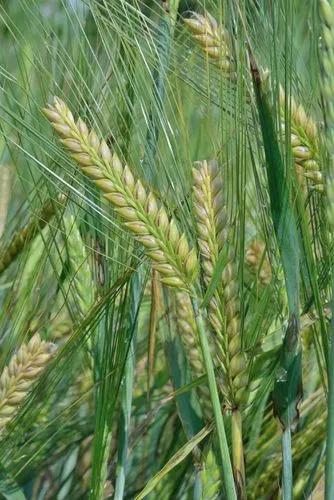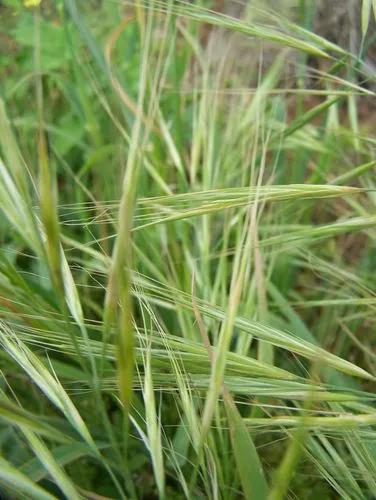Cymbopogon, also known as lemongrass, barbed wire grass, silky heads, Cochin grass or Malabar grass or oily heads, is a genus of Asian, African, Australian, and tropical island plants in the grass family.
Lemongrass Care
Cymbopogon citratus



Cymbopogon citratus, commonly known as West Indian lemon grass or simply lemon grass, is a tropical plant native to Maritime Southeast Asia and introduced to many tropical regions. Cymbopogon citratus is often sold in stem form. While it can be grown in warmer temperate regions, such as the UK, it is not hardy to frost. Cymbopogon citratus is native to Island Southeast Asia (Malesia). It has been introduced extensively to South Asia since precolonial times. Cymbopogon citratus is abundant in the Philippines and Indonesia where it is known as tanglad or sereh. Its fragrant leaves are traditionally used in cooking, particularly for lechon and roasted chicken. The dried leaves can also be brewed into a tea, either alone or as a flavoring in other teas, imparting a flavor reminiscent of lemon juice but with a mild sweetness without significant sourness or tartness.
How to Care for the Plant

Water

Lemongrass watering should take into consideration that a plant prefers regular rainfall and humid conditions. In arid regions, water at least every other day and provide mist. In temperate regions where rainfall is plentiful, insert a finger into soil around a plant’s roots up to a first knuckle. If soil is dry, it is time to water.

Pruning

Dead or dying sections of the plant can encourage pest infestation or disease. Removing these not only makes your houseplant look better, but reduces the risk of further problems down the line.

Fertilizer

An organic, balanced, liquid fertilizer once a month during the growth period is recommended.

Sunlight

Full sun to partial shade.

Soil

Avoid using heavy soil. It may be too compacted for your potted plant and won't allow air to get to the roots.

Propagation

Lemongrass grows in clumps that make it very easy to divide. You can combine your harvesting and dividing tasks, as both require digging the plant. Each leaf fan will be attached to a narrow bulb-like base with roots attached, and each one of these has the potential to become a new clump. It's up to you how large you want each division to be. Replanting a division with at least five or six bulbs will look more substantial than a single bulb. The bulbs break apart readily with a spade or hoe.
Use a high-quality commercial potting soil for potting up a lemongrass plant. Choosing a potting soil premixed with a time-released fertilizer can save you an extra step in feeding your plants. If your lemongrass plant grows in the same container year after year, it's best to repot in the spring to replenish the soil.

Temperature

Lemongrass is a tropical plant that freezes to death where winter temperatures drop below 15°F (-9°C). As tropical plants, lemongrass thrives in hot, steamy climates. The time for growing lemongrass outdoors is similar to the timing for tomato planting: when night temperatures are in the 60s, it's time to plant. Lemongrass is very frost sensitive, so if you plan to overwinter the plant indoors, bring it inside before temperatures get into the 40s.

Container

Choose a pot that is 2.5-5.08 cm (1-2”) larger than the current size.

Popularity

8,503 people already have this plant 1,233 people have added this plant to their wishlists
Discover more plants with the list below
Related articles






